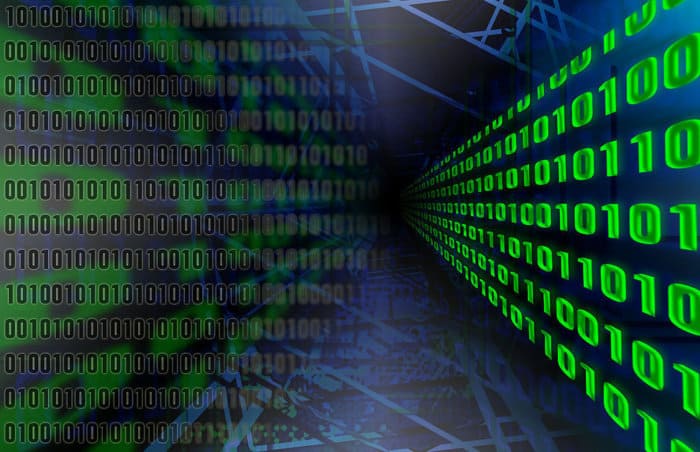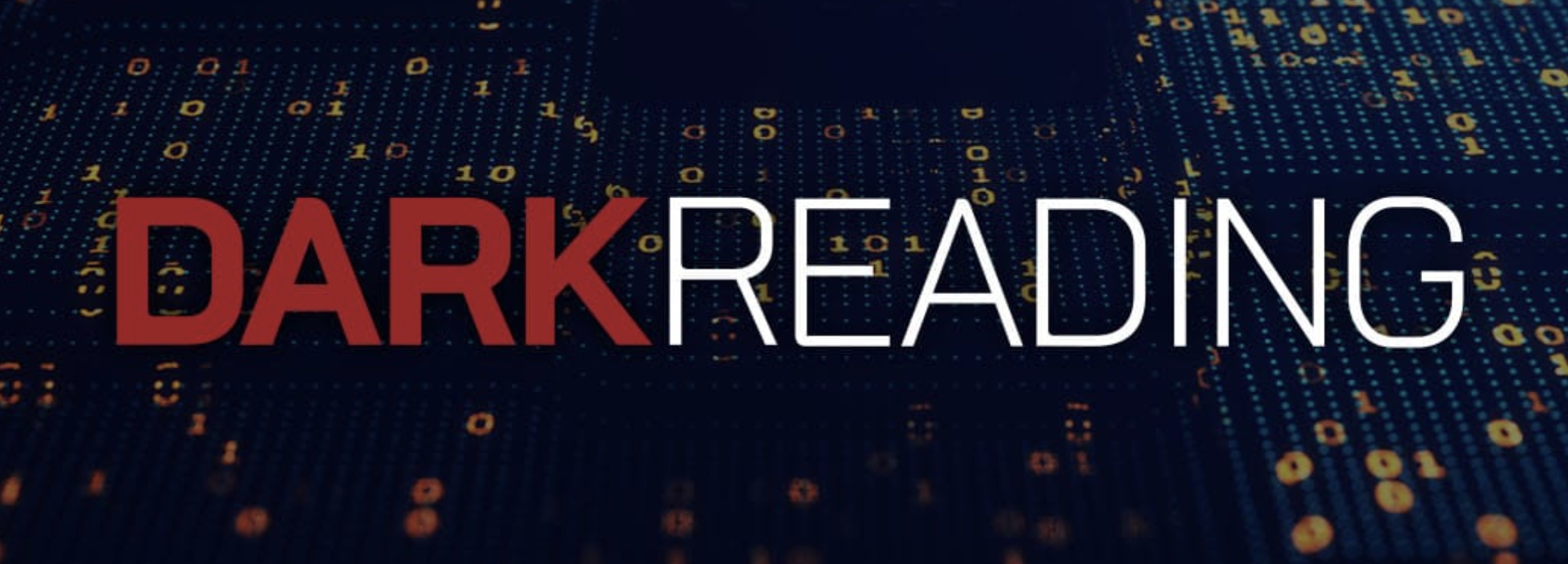
- 1 August, 2017
NetworkWorld article – Tapping Big Data to Predict the Future

Big data visualization tools are great for graphing past data to see patterns and trends, but future trends is a tougher nut to crack, since past performance is often no indicator of future actions. But graph database technology vendor Franz Inc. is doing just that with the latest version of its graph visualization software.
Gruff 7.0 adds a new feature called a “time slider” that serves as a kind of time machine for temporal graph analytics. The new feature is intended to allow both novices and graph experts alike to visually build queries and explore connections as they develop over time and uncover hidden relationships within time-based data.
“Gruff’s new ‘Time Machine’ feature provides users an important capability to explore temporal connections in your data,” said Jans Aasman, CEO of Franz, in a statement. “Users can see how relationships are created over time and are able to replay the evolving graph for new temporal-based insights.”
+ Also on Network World: How predictive analytics keeps crowds flowing at Georgia Aquarium +
Gruff works with the company’s AllegroGraph persistent database, which is its primary product. AllegroGraph is a highly scalable graph database technology designed to store RDF data and provide a solid storage layer for enterprise NoSQL databases. It performs predictive analytics from complex, distributed data and is designed to use semantic graph technologies specifically for visualization. It’s designed to aggregate and analyze data about behaviors, preferences, and relationships, as well as spatial and temporal linkages between individuals and groups.
The company said the “Time Machine” feature provides a graphical view designed to allow users to see the shape and density of graph data evolving over time. Several different views of large data sets provide query and graphical query visualizations.
“Making sense out of big data is a challenge, particularly in the healthcare industry where information comes from a variety of sources and in different forms, including structured, unstructured, images, temporal, geo-location and signal data,” said Aasman.
Gruff 7.0 features several types of views, including the graphical view with new “Time Machine” feature, a Tabular view to understand objects as a whole, an outline view to explore the often hierarchical nature of graphs, and query view where data scientists can write Prolog or SPARQL queries.
Join the Network World communities on Facebook and LinkedIn to comment on topics that are top of mind.







